There is a lot of knowledge in drinking coffee! Do you know exactly what kind of coffee you ordered?
Professional coffee knowledge exchange More coffee bean information Please pay attention to coffee workshop (Weixin Official Accounts cafe_style)
Coffee shops selling Italian coffee all over the world must be inseparable from certain products on their menu. When we order, do we really know the difference between them?
Espresso coffee has been a global hit for decades since it was launched by Starbucks. Asia, Japan, South Korea, China, Singapore...... have all adopted Espresso coffee as one of their local mainstream drinks. Of course, this is really thanks to Starbucks for leading the culture. Then Australia also because many local people like to drink, but also added their own style of products sold locally,"Australian style" coffee (whether roasted coffee beans or coffee products) began to flow into the country in 2010, for the people in the traditional Italian style coffee, add one more choice.
Today, coffee shops in many parts of the world have naturally mixed the coffee products sold by the two to sell to customers. Today, Xiaobian will introduce most common drinks on the coffee shop menu one by one, and what are their allusions and characteristics.
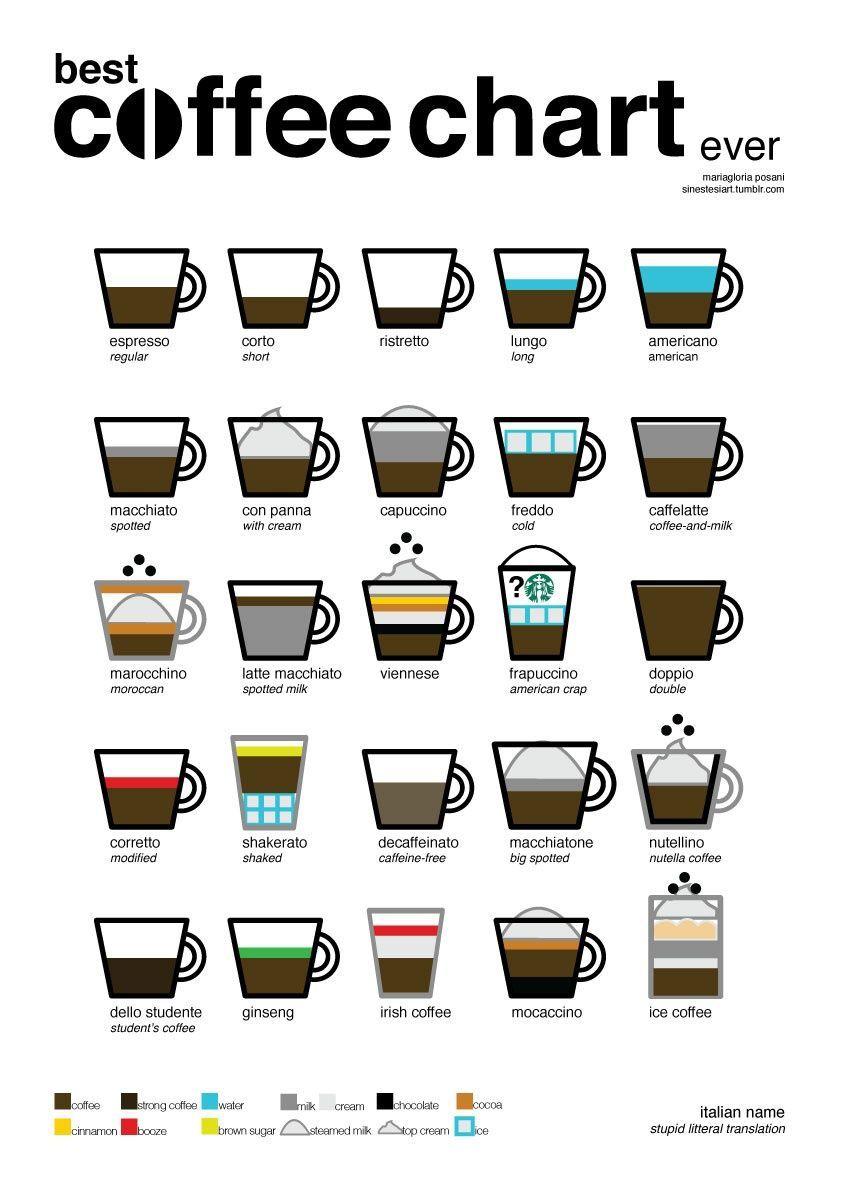
Espresso: it was created when the Italian coffee maker was developed in Italy. At that time, Italians liked coffee very much (but in fact, it was not the Italians who drank the most coffee at the beginning! ). But if there are dozens or more people in a place of work, it is extremely time-consuming to boil water and make coffee. Therefore, some people use the principle of high temperature and high pressure to extract the substances in the coffee powder in a short time. Because the manufacturing time of espresso is much shorter than that of traditional water-boiled coffee, and the flavor of the coffee is mellow, it is called Espresso,Espresso by the Italians, but the meaning represented in Italian is very simple, that is, "pressure" and "fast".
Because the coffee beans baked by Italians at that time would be very deep, and the coffee produced would have a very bitter taste, so the Italians would add granulated sugar when drinking espresso.
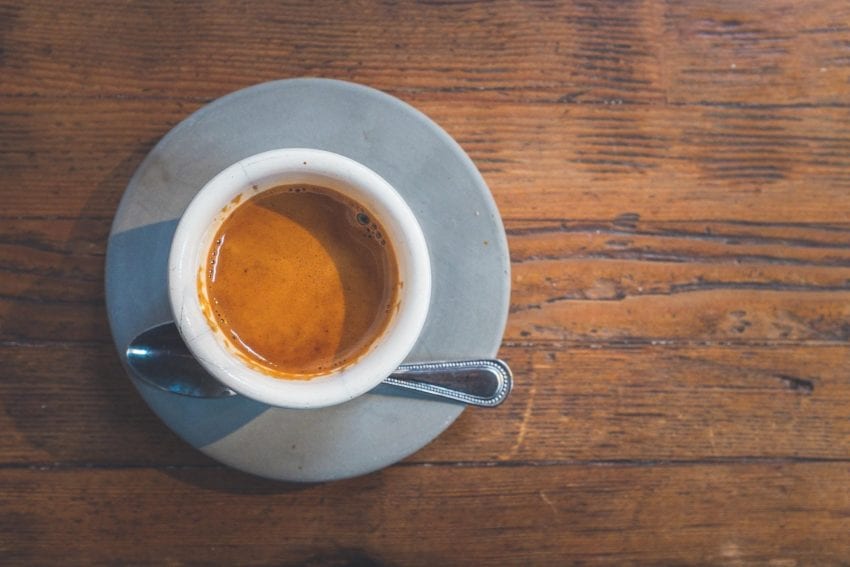
Cappuccino: The coffee drinking habits of monks in a village in Italy were transmitted. He likes to add milk and cream to his coffee to make it a cappuccino drink, while Italians use a 1:1 ratio of espresso, hot milk and milk foam. Of course, modern Cappuccino has been modified to have no less foam than espresso and a slightly more hot milk ratio.
Caffe latte (Note: we should correctly pronounce the full name, not Latte. Because Latte in Italian refers to milk, if you order a cup of latte in Italy, be careful to get a cup of pure milk in the end): after adding milk and cream to the coffee, the Italians add cinnamon to add flavor to the milk coffee. In the later stage, the coffee shop is made by adding Espresso, hot milk and milk bubbles at 1:2:1. With the influence of Starbucks, the proportion of hot milk in modern Caffe latte has increased so much that it is ridiculously called "coffee-flavored milk".
Macchiato: it means "stain" in Italian. Some people think that drinking a glass of Cappuccino or Caffe latte is too much milk, but want to add a little bit of milk to the espresso, so add an equal portion of milk foam to the Espresso.
What I hear / see at Starbucks is actually called "latte macchiato" correctly. It means that they first make a cup of hot milk with milk foam, and then use espresso to "stain" the cup of hot milk, so there is a big difference between the two products in terms of size and taste.
Americano: it was during World War II that American soldiers who were used to drinking filtered coffee came to Europe and could not accept such a strong espresso for a while, so they added a lot of hot water to dilute it. In the future, some guests want to add a little bit of milk / cream to a cup of americano and turn it into White Americano.
The above are the basic coffee products in traditional Italian coffee shops, and some people may wonder, "what's the difference when I see so-and-so coffee in a coffee shop?" ". Next, let's talk about the origin of Australian style coffee and how they have changed the traditional Italian culture for almost two decades.
In fact, in the 1990s, Chinese mainland already had western restaurants and more noble coffee shops to provide espresso for guests to drink. Sugar and milk (usually cream balls) will be added according to guests' preferences, but few people care about Espresso because the inherent concept of black coffee is instant coffee, so everyone will hold the saying that "bitter and strong is black coffee". Even, sour coffee is a failure (of course, in terms of coffee drinks at that time, that kind of acid …... ), so you won't order this "psychedelic" unless you didn't sleep the night before.
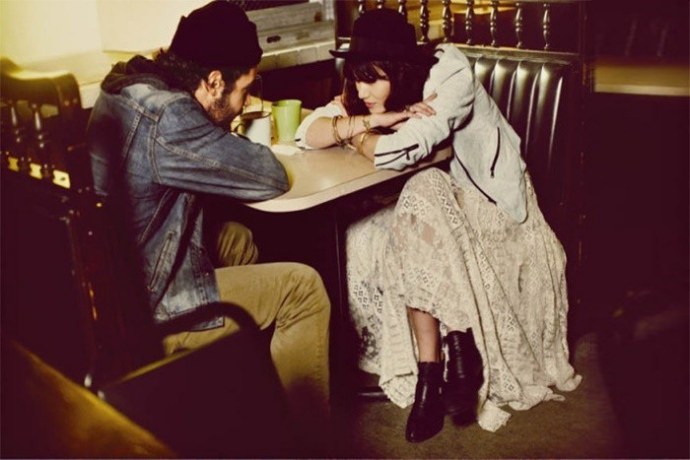
In 1999, the first Starbucks in China officially opened in Beijing, and the coffee shop developed rapidly after the Taiwan milk tea shop on the street. All the small shops rushed to introduce Italian coffee machines and coffee beans (although most of them were still selling desktop drinks at that time). Italian coffee beans must be required for the entry of small coffee shops, Lavazza,Barbera,Denice,Illy.... They are all famous brands in China. Coffee brands with a hundred years of history will of course follow the traditional roasting method and coffee bean blending method to present to everyone, so 5-10% of Robusta beans are typical examples of traditional Italian style, because they are convinced that Robusta beans can bring out the "stamina" of coffee in blended coffee. As the traditional espresso is deep-roasted, Italian roasting is still the representative of deep-roasted coffee beans, thick, creamy taste, caramel, chocolate flavor, are their taste settings, a small cup of espresso, even with hot milk, will not cover the taste of coffee.
According to the information on the Internet, the history of drinking coffee in Australia originated in the 17th century, until the 1950s, the local people of Australia gradually created their own unique coffee culture. If Italian coffee is a fast drink for locals, Australian coffee is a slow drink for Australians to relax.
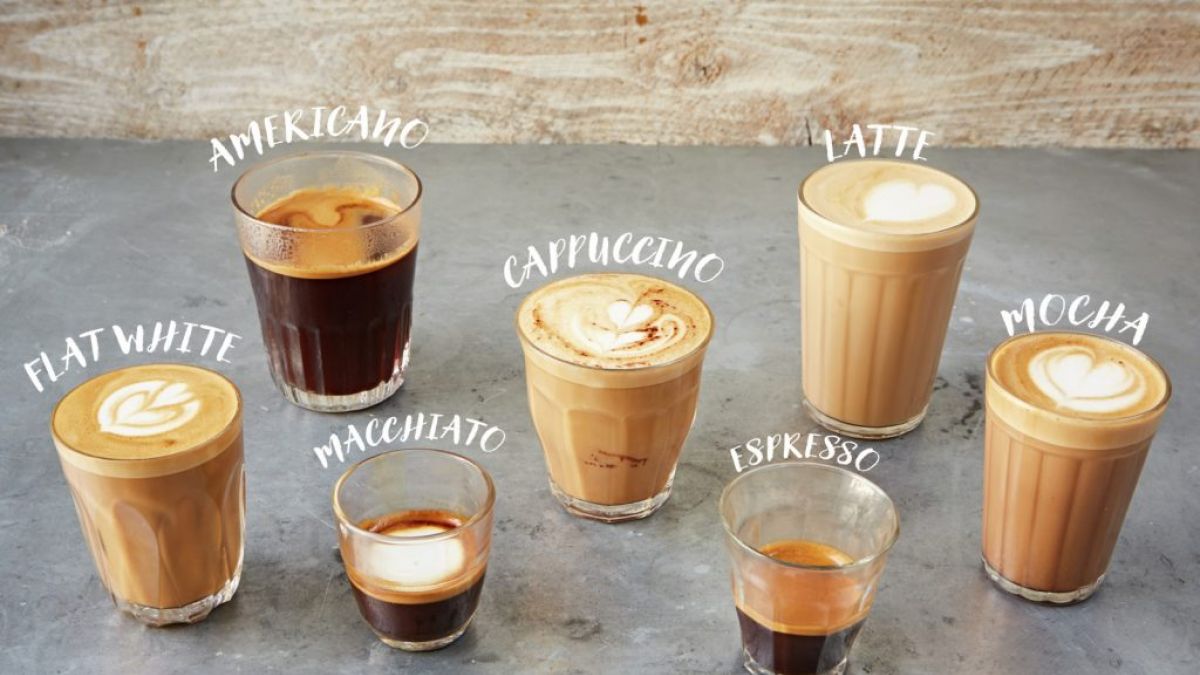
In the early days, Australian coffee shops would be divided into "Milk Bar" and "Black Bar", until they merged their styles and combined their own preferences and habits of coffee to become modern coffee shops. Around 2010, there was a sudden surge of coffee culture in China, and they began to mark the country where the roasted coffee beans they used came from, how roasted they were, how much milk was heated to degrees Celsius, and so on. The term "barista-Barista" also arises at the historic moment.
In the past, making coffee in China was confusing, just like coffee, milk tea and lemon tea makers in tea restaurants and western restaurants, it often lacked customers' attention and respect, but since the emergence of Australian-style coffee shops, the opportunities between baristas and customers have greatly increased, because baristas are beginning to need to educate customers about what they are providing you with, bringing baristas closer to their customers. At that time, two coffee drinks added fresh choices for friends who were used to drinking Italian-style coffee.
The first is Flat White, where Australian coffee drinkers feel that traditional Cappuccino and Caffe Latte have too much milk, so they make a cup of hot milk full of Espresso, with only a thin layer of milk on top.
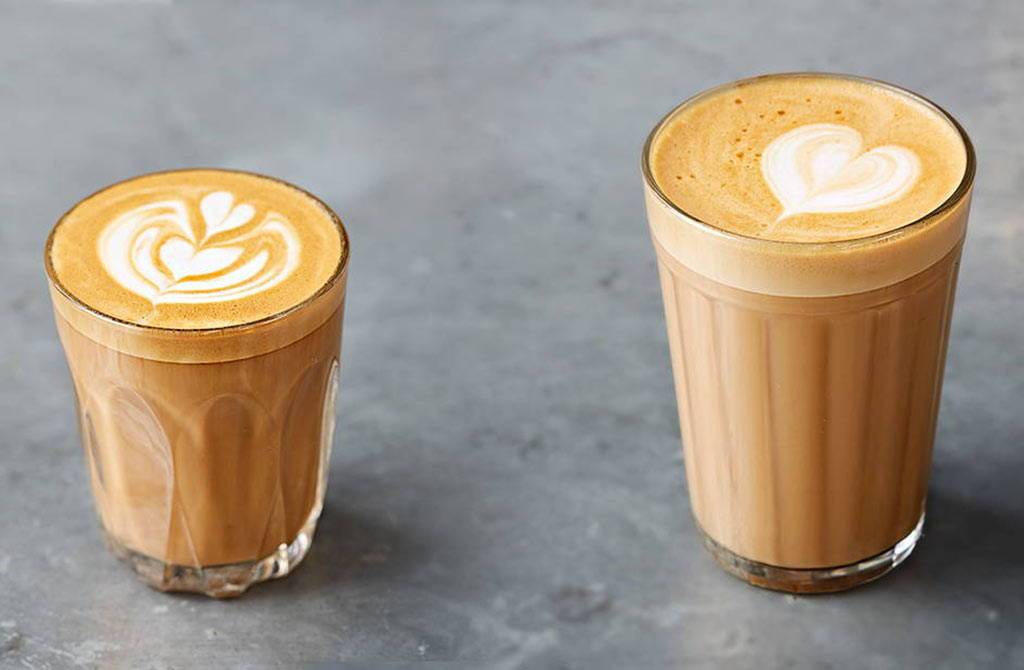
The other is Piccolo Latte, which is a cup of Caffe Latte with only about three to four ounces (100ml). The emergence of this product is aimed at Australian customers who felt that a standard cup of milk coffee made them too full, so they created a coffee with the same proportion but less milk to enjoy.
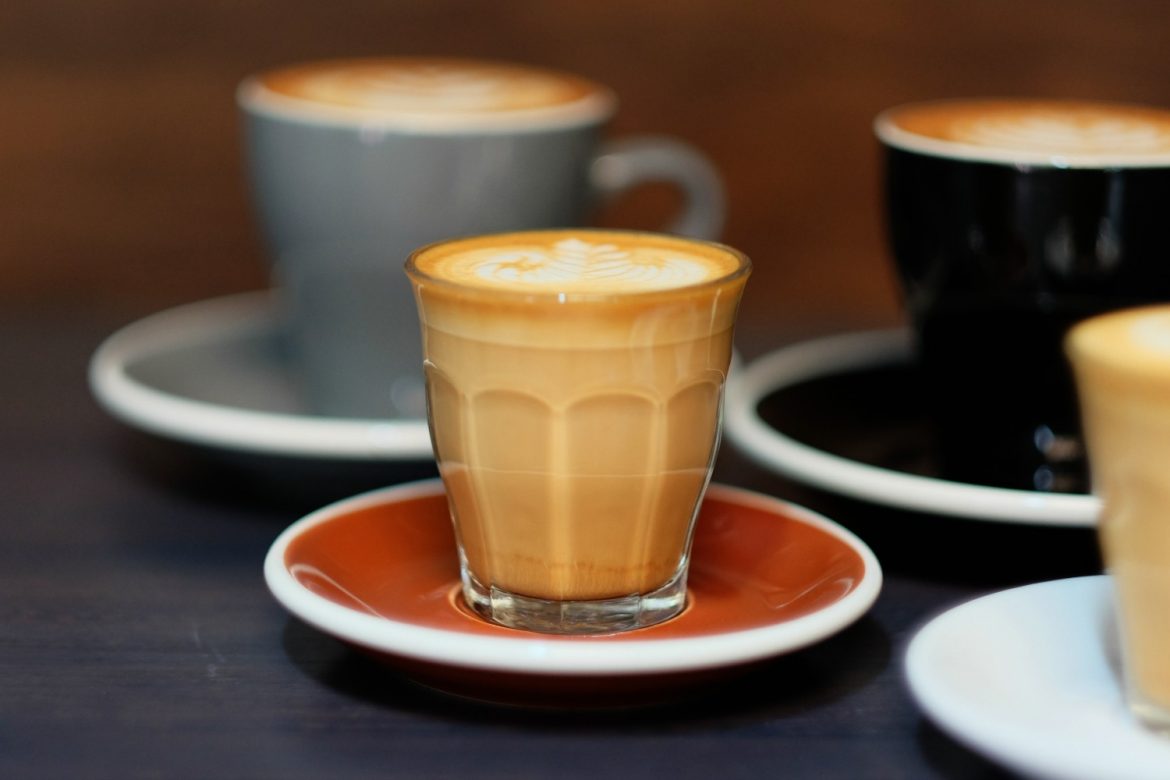
Another culture that is different from espresso is that they like to make coffee out of earless glasses. In addition, they will have specific preferences, such as cappuccino, they will like to sprinkle cocoa or vanilla powder on their drinks, they like to call Espresso Short Black, and long black is American coffee Americano.
Australian coffee beans are roasted shallower than Italian roasting, and then the bitter taste of coffee is softer than Italian roast. in addition to the traditional chocolate and caramel flavor, they begin to describe their coffee with different types of nutty flavor. in the later stage, with the emergence of single coffee, coffee will begin to roast to a fruity flavor.

A variety of cultures have come to China, making domestic coffee shops create a history with a sense of the times. Today, we can taste coffee from different countries, different estates and different tastes, and we really want to thank the small Australian coffee shops at that time.
END
Important Notice :
前街咖啡 FrontStreet Coffee has moved to new addredd:
FrontStreet Coffee Address: 315,Donghua East Road,GuangZhou
Tel:020 38364473
- Prev
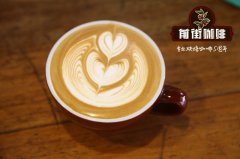
SOE Coffee is suitable for soe Coffee beans soe Coffee how to drink soe Coffee and Handbrew
Professional coffee knowledge exchange more coffee bean information please follow the coffee workshop (Wechat official account cafe_style) order coffee in the cafe, have you been asked by the barista: do you want to buy our SOE? Was it confusing to hear the word SOE for the first time? As a matter of fact, SOE appeared abroad ten years ago, and now it has become very mature, and it has only been gradually developed in China in the past two years.
- Next
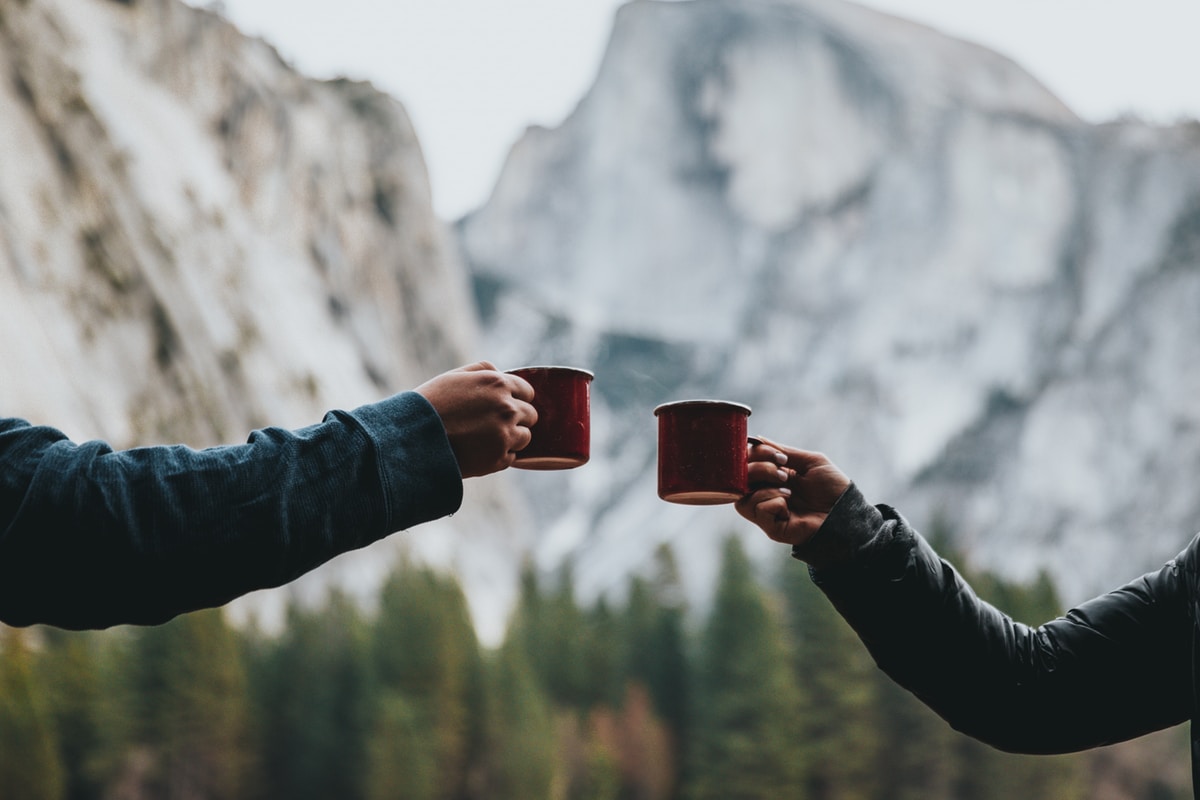
How to make coffee when traveling / camping? What do you need to pay attention to when making coffee in the wild?
Professional coffee knowledge exchange more coffee bean information please follow the coffee workshop (Wechat official account cafe_style) how to drink good coffee when traveling? There may be superstores or coffee shops everywhere in the city, but it's troublesome to worry about stepping on a landmine and want to make your own coffee, and most people don't bring an extra bunch of utensils to make coffee. This article provides a
Related
- Beginners will see the "Coffee pull flower" guide!
- What is the difference between ice blog purified milk and ordinary milk coffee?
- Why is the Philippines the largest producer of crops in Liberia?
- For coffee extraction, should the fine powder be retained?
- How does extracted espresso fill pressed powder? How much strength does it take to press the powder?
- How to make jasmine cold extract coffee? Is the jasmine + latte good?
- Will this little toy really make the coffee taste better? How does Lily Drip affect coffee extraction?
- Will the action of slapping the filter cup also affect coffee extraction?
- What's the difference between powder-to-water ratio and powder-to-liquid ratio?
- What is the Ethiopian local species? What does it have to do with Heirloom native species?

